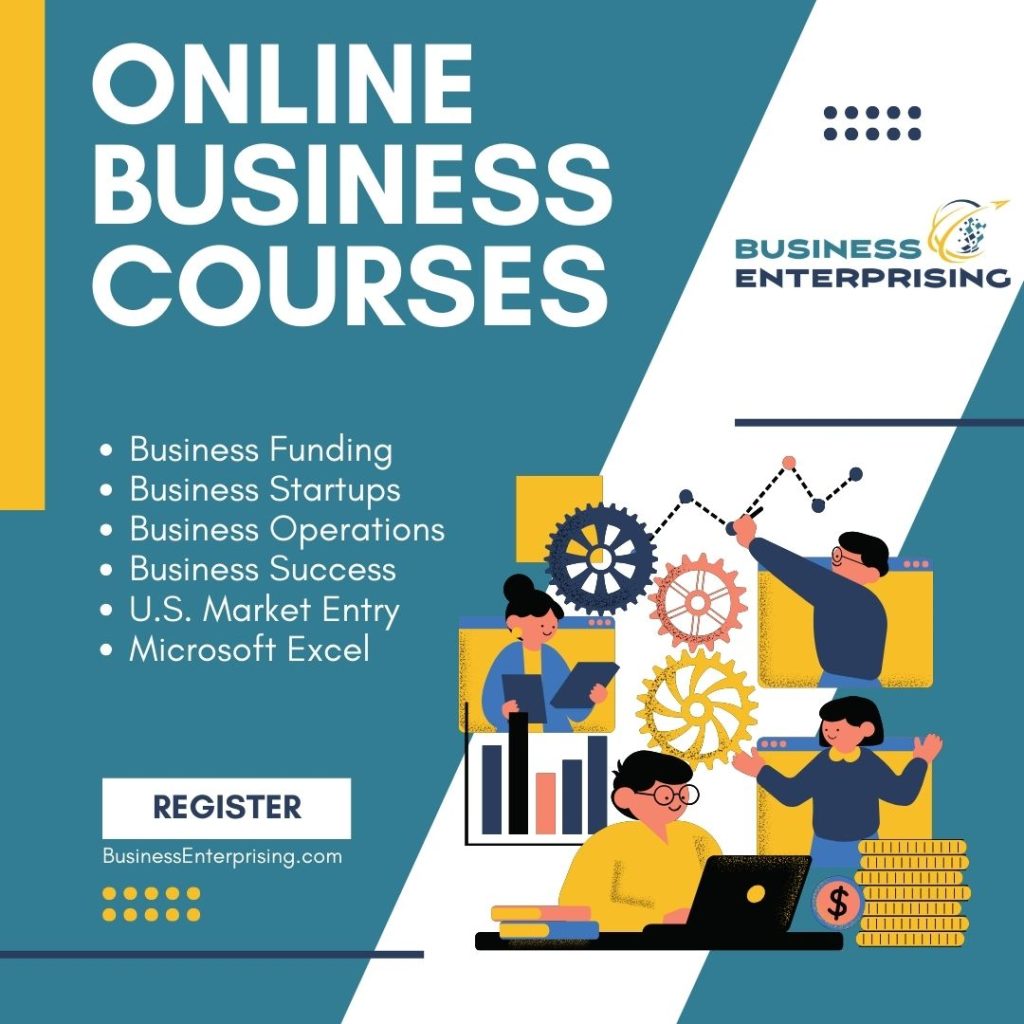
Companies that invest in employee engagement often see reduced turnover and stronger team collaboration. Methods like open communication, recognition, and professional development create a sense of purpose. By promoting work-life balance and fostering a positive workplace culture, you show that you value your team’s well-being. These practices not only benefit employees but also strengthen your organization’s long-term success.
Understanding Employee Engagement
Employee engagement is the level of connection and commitment employees feel toward their work and organization. When people feel engaged, they’re more motivated, productive, and dedicated. This connection extends beyond job satisfaction; it’s about actively caring for the company’s goals and values. Engaged employees are less likely to leave their roles, reducing turnover and helping to retain valuable skills within your organization.
Organizations with strong employee engagement tend to outperform those with lower engagement rates. Higher engagement often leads to better productivity, stronger customer satisfaction, and improved team morale. When employees are committed, they’re more likely to contribute ideas, work collaboratively, and support each other. This collective effort drives a more positive and resilient workplace culture, where everyone feels connected and valued.
Effective employee engagement methods create an environment where employees feel heard, appreciated, and supported. When leaders invest in understanding and enhancing engagement, they build a foundation for long-term success. It’s a strategy that not only benefits employees but also strengthens the overall health of your organization.
Open Communication and Feedback Loops
Open communication and regular feedback are fundamental to fostering a supportive work environment. When employees feel comfortable sharing their thoughts, they tend to feel more valued. Regular feedback sessions, whether one-on-one or in groups, give employees the chance to voice concerns and offer ideas. These sessions also allow managers to share insights, creating a productive dialogue that strengthens relationships across the team.
Anonymous surveys are another valuable tool for open communication. They let employees share feedback without concern about judgment or reprisal, leading to more honest responses. Regularly conducting these surveys helps you track trends, identify recurring issues, and respond in meaningful ways. These surveys make employees feel that their opinions truly matter and that the company is committed to improvement.
Team meetings that welcome open discussion contribute to a culture where employees feel heard. Encourage each team member to share updates, ask questions, and offer feedback. This method shows that you value their input and strengthens team dynamics. Integrating these practices as part of your employee engagement methods fosters trust, openness, and a stronger connection among colleagues.
Recognition and Reward Programs
Recognizing employee achievements is essential for creating a motivating work environment. When you acknowledge hard work, employees feel valued and respected. This recognition, whether public or private, signals that you appreciate their contributions. Frequent acknowledgment of efforts helps to keep morale high and creates a positive energy within the team.
Reward programs can come in many forms, both monetary and non-monetary. Monetary rewards, such as bonuses or gift cards, provide a tangible appreciation of an employee’s hard work. Non-monetary rewards, like extra time off or opportunities for professional development, can also be highly motivating. Both forms of rewards contribute to a balanced approach that meets different employee preferences and needs. By incorporating a variety of rewards, you support diverse types of motivation and commitment.
These recognition and reward programs are key employee engagement methods. When employees know their contributions matter, they are more likely to stay committed to their roles. Consistent recognition strengthens loyalty, boosts morale, and encourages others to bring their best efforts forward. Regular use of these programs fosters a work culture where everyone feels seen and valued.
Professional Development Opportunities
Offering professional development opportunities is a powerful way to keep employees engaged and motivated. When employees see clear paths for career growth, they’re more likely to stay committed. Training programs, such as workshops or online courses, give employees the chance to improve their skills and bring fresh knowledge to their roles. These programs also create a sense of progress, which can significantly boost job satisfaction.
Mentorship programs are another effective employee engagement method. Pairing newer employees with experienced mentors offers guidance and support, creating connections that help employees feel valued. Mentors can share insights, answer questions, and offer career advice. This support helps employees gain confidence and develop skills faster. Regular check-ins between mentors and mentees can also build a more connected workplace culture, where knowledge sharing becomes a norm.
Professional development goes beyond skill building; it fosters a sense of investment in the employee’s future. By providing opportunities for learning and advancement, you demonstrate a commitment to their long-term success. This approach not only engages employees but also encourages them to bring their best efforts to work.
Work-Life Balance Initiatives
Work-life balance initiatives are essential for a supportive and healthy workplace. Offering flexible scheduling gives employees more control over their workday, allowing them to manage both professional and personal responsibilities. With the ability to adjust their hours, employees can be more productive and maintain a better work-life balance. This flexibility helps reduce burnout and creates a more sustainable pace.
Remote work options are another effective way to support work-life balance. Allowing employees to work from home, even part-time, can greatly reduce commuting stress and save time. This extra time can be used for family, hobbies, or relaxation, which can improve well-being and increase job satisfaction. Remote work also shows that you trust employees to manage their time and responsibilities, which can strengthen commitment and loyalty.
Offering mental health days and wellness programs shows that you value employees’ health. Mental health days allow individuals to recharge, which can prevent long-term stress and burnout. Wellness programs, like fitness classes or counseling sessions, promote a healthier lifestyle and provide additional resources for managing stress. By implementing these as part of your employee engagement methods, you create a culture that values balance, health, and employee satisfaction.
Building a Positive Workplace Culture
Building a positive workplace culture is key to creating a place where employees feel connected and engaged. When employees feel a sense of belonging, they are more likely to contribute their best work. Team-building activities play an important role in building these connections. Regular team events, whether virtual or in person, allow people to interact outside their daily tasks. These activities encourage camaraderie and strengthen relationships among team members.
Diversity and inclusion efforts are also critical to fostering a supportive environment. When employees see that their differences are valued, they are more likely to feel respected. Embracing diversity in hiring and promotion practices helps build a team with a variety of perspectives. By including everyone’s voice, you encourage fresh ideas and innovation. This commitment to inclusivity demonstrates that each team member is valued, which helps deepen engagement across your organization.
Transparent leadership is another important component of a strong workplace culture. When leaders communicate openly and regularly, employees feel more informed and involved in the organization’s goals. This transparency fosters trust, which is essential for strong employee engagement. Making these initiatives part of your employee engagement methods helps build a culture that values connection, respect, and shared purpose.
Conclusion
Implementing effective employee engagement methods can have a lasting impact on your organization’s success. By fostering open communication, recognizing achievements, and supporting work-life balance, you create a work environment that values each individual. When you invest in professional development and build a positive workplace culture, you strengthen employees’ commitment to their roles.
These engagement strategies not only boost morale but also drive productivity and reduce turnover. When employees feel heard, appreciated, and connected, they are more motivated to contribute. Creating a supportive, inclusive, and transparent workplace helps you retain talent and attract new team members who value a healthy culture. Ultimately, making employee engagement methods a priority benefits everyone, contributing to a stronger, more resilient organization.


